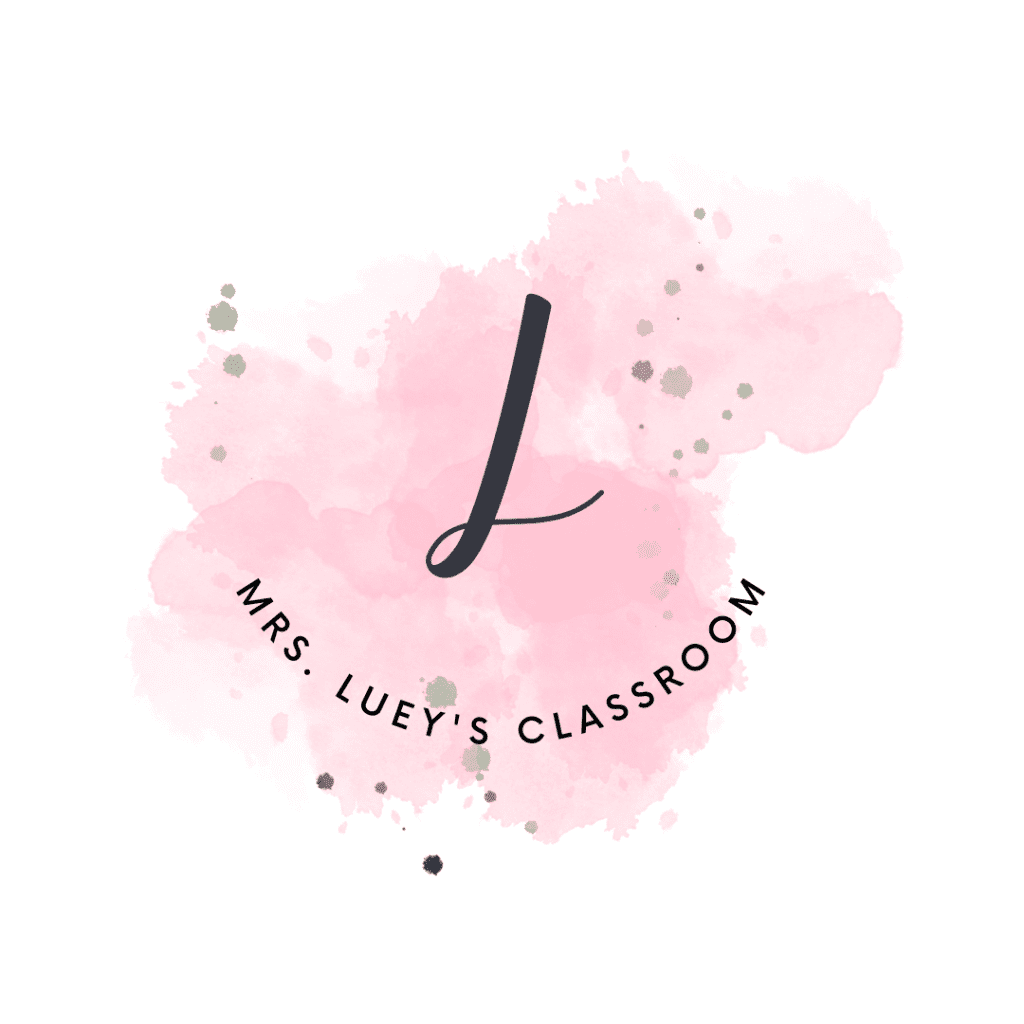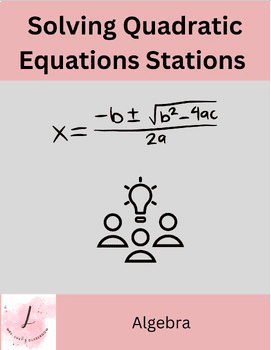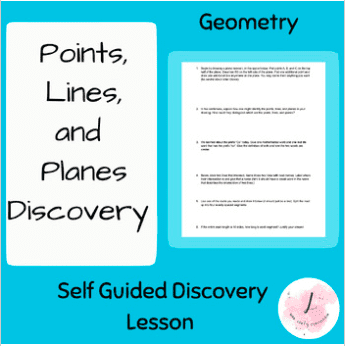Table of Contents
ToggleMeet the Author!
Corinne Luey Licensed High School Math Teacher, TPT Seller, and Math Tutor.
Teachers Pay Teachers Store: “Mrs. Luey’s Classroom”
Subscribe to my newsletter!

If your classroom is anything like mine, when students walk through the door and see “Partner Activity” or “Group Work” written on the daily agenda, they do one of the following:
- Quickly grab their classroom friend and claim them as a partner;
- Run up to you and, before you can even say good morning, ask if there can be a group of three; or
- Have a look of sheer panic on their face because they would rather work alone.
Peer collaboration in the math classroom is often something students are not used to when they step into my classroom. They might experience Socratic seminars in English or debates in history, but they are often shocked when I have a philosophical chairs activity planned in Geometry.
“We actually have to talk about math in this class?”
“Yes, yes you do. And you need to talk to each other.”
Why does peer collaboration work?
Over the years, I have found that collaboration in the classroom has been key to my students’ success in math. Discussing what they are learning, rather than listening to a lecture, forces them to use a different part of the brain by putting what they have learned into practice. It is often said that to truly understand a concept you should teach it to someone else. I have seen that play out wonderfully in my classroom.
I have discovered that collaboration in the classroom provides students with various viewpoints. For example, each student can share their individual approach when discussing a math problem with their classmates. While there is one solution, there are multiple ways to arrive at the desired destination. I love hearing students say, “Oh, that makes sense!” as they are working out problems together.
When can I have my students collaborate?
There are a variety of times to use peer collaboration. I’ve known teachers who arrange desks in groups all year long and some who put students in groups only when they want them collaborating.
I like to encourage teachers to do what they feel most comfortable with. If peer collaboration is new in your classroom, maybe start with putting students into groups when they are working on an assignment.
In my classroom, I typically teach a lesson, then have students practice in groups. My favorite days though, are when students are working together the entire class period. This is typically on a discovery day where students are figuring out a concept through self-guided notes and exploration.
Even if students are working in groups all class period, this does not mean I sit at my desk. I am up and moving around the classroom, checking in on groups. If I find that I have received a question from multiple groups or that groups are making the same mistakes, I’ll call everyone’s attention to the front and clarify a concept or give prompts to help them out.
How to create successful collaboration
There is no telling what incredible learning will happen when students combine their brains. The critical component, then, is fostering that type of learning in your classroom. A few key practices I implement to build a math classroom that embodies collaboration are below:
1. Build a positive classroom environment.
From the beginning of the school year, structure a classroom that is inviting and welcoming. Create a classroom code of conduct, arrange desks in groups instead of rows, and have students work with different partners every time. Do not tolerate ANY bullying, disrespect, or favoritism.
2. Select engaging activities so your students will want to participate.
Student buy-in is essential to collaboration success. A few of my favorite activities are linked below:
3. Assign each student in the group a role.
We have all known or been the person who does all the work in the group. Avoid allowing this. Some examples of group roles are: time keeper, note taker, public speaker, and team facilitator.
By using these tools and best-practices, the next time students walk through the door and see “Partner Activity” or “Group Work” written on the daily agenda, you can be confident that you have an engaging activity designed for student collaboration.



